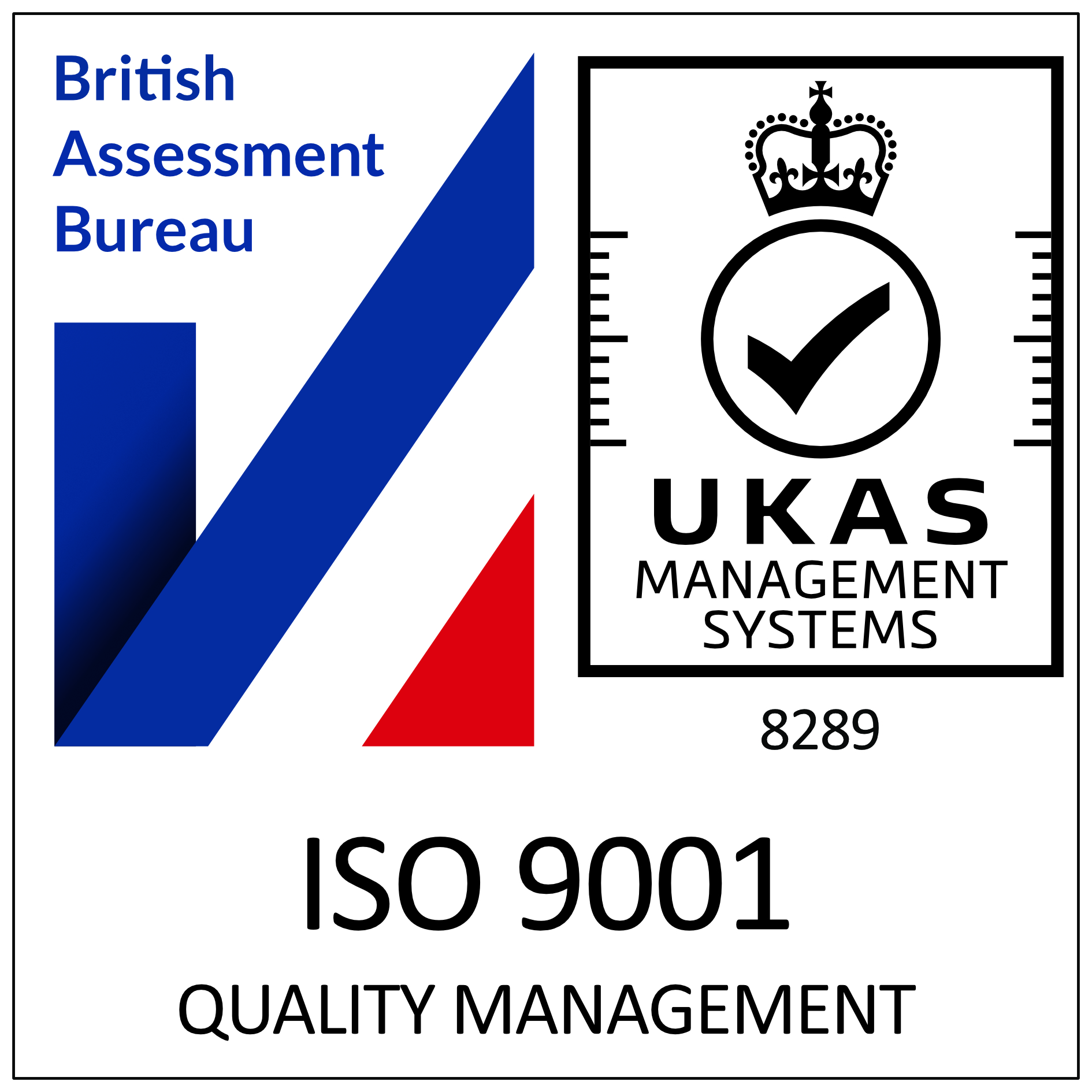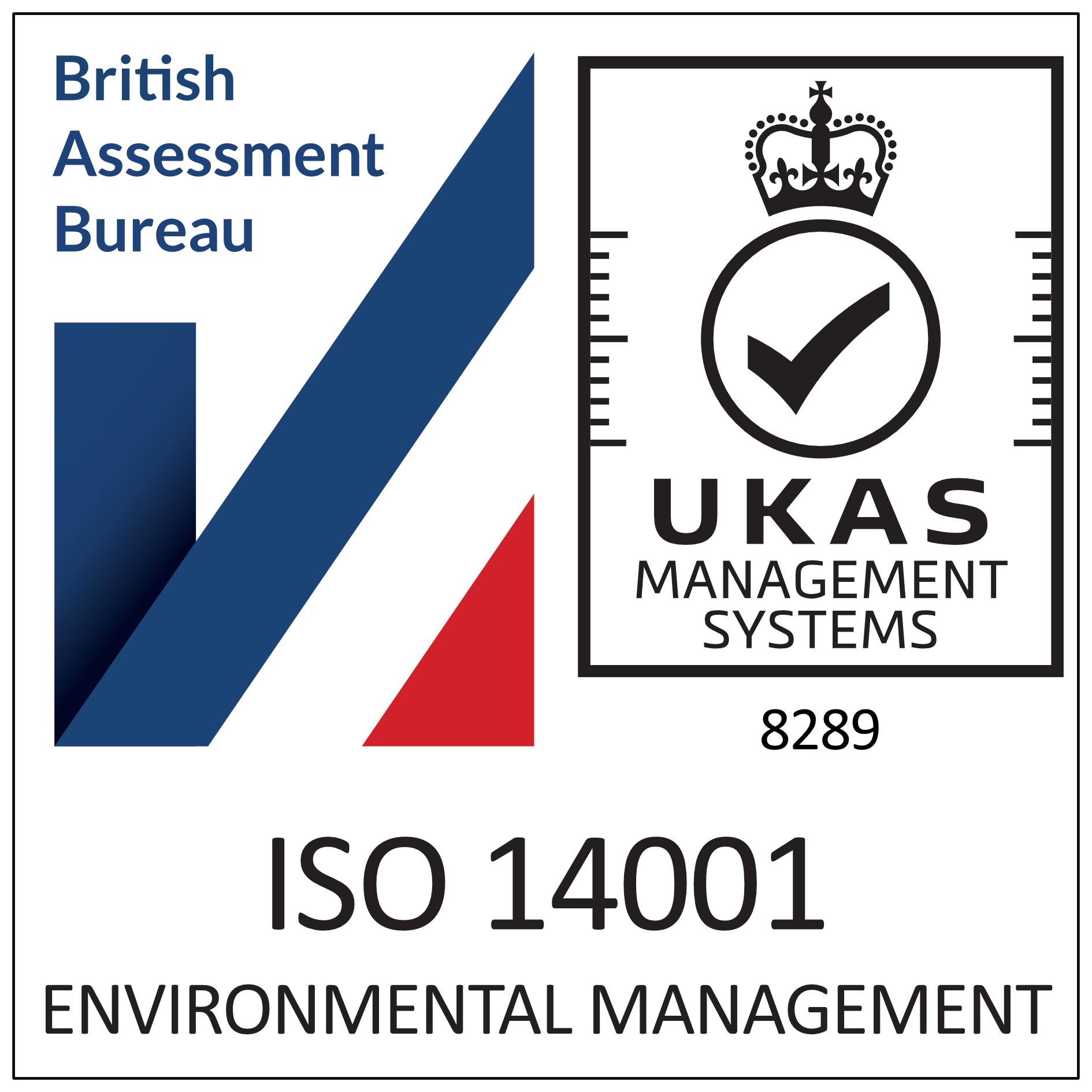Everything You Need To Know About X-Ray Doors
All healthcare facilities and hospitals are equipped with necessary hi-tech equipment for the various treatment and diagnostics they provide on a daily basis. The operation of much of this equipment demands specific and stringent safety requirements to be in place and amongst those important precautions is protection from radiation in certain environments. Lead-lined x-ray doors, specially designed and manufactured from specifically chosen and tested materials, can provide essential protection for medical professionals, patients, and visitors alike in medical centres, hospitals, and other healthcare facilities. Here are some aspects of the x-ray doors that provide this important safety element for you to consider:
How Lead Lined Doors Work
Radio frequency radiation is produced in the effective use of mobile, phone, radio, and TV transmissions – electromagnetic waves are generated by this blend of electric and magnetic fields which experts suggest leads to around 70% of people being affected without being aware of it! This means that people can be exposed to these effects in everyday life, so all work environments, and even our homes, can benefit from the installation of lead lined doors. These radiation risks are obviously very much amplified in healthcare facilities where medical x-rays are in constant use – lead lined doors offer comprehensive protection against radiation. The density of the lead used in the manufacture of x-ray doors, along with the flexibility, the high atomic number, and stability of the material, provides an effective method of shielding different sources of radiation such as nuclear radiation and gamma rays, as well as X-rays, therefore making them ideal materials in manufacturing protective doors for certain environments. X-rays produce electromagnetic radiation which passes through the body and the energy is absorbed in different rates by different body parts. Lead lined doors can offset the X-rays with a proportion of the radiation absorbed, and the remainder escaping the other side – so the thicker the lead lining the greater the absorption of harmful X-ray radiation will be.
Environments Where Lead Lined Doors Are Used
As mentioned earlier, lead lined doors can be a useful installation in any building, including homes – radiations are commonplace in modern lives and have proved vital in the development and advancement of many medical appliances and environments. They can, however, present late health effects if not used appropriately and in environments without the necessary radiation prevention. Obviously, you will find lead lined doors predominantly deployed in hospitals and other healthcare facilities, but also in other environments where X-rays may be used – veterinary surgeries for example – along with industrial facilities such as nuclear plants. These x-ray doors should always be installed in areas in which controlled and authorised radiations are likely to occur so as not to spread radiation to other unwanted areas. Lead lined x-ray doors can be manufactured on a bespoke basis to suit every environment depending on the level of radiation protection required for the facility. X-ray doors can be manufactured with finishes such as different laminates, PVC’s, wood veneers, or paint finishes that complement any interior design, so they do not necessarily have to appear ‘industrial’ or aesthetically unpleasant.
Other Benefits
X-Ray doors can offer additional benefits along with the primary function of radiation protection – the robust nature of these doors can provide additional important fire protection as well as providing ideal internal security. In the event of a fire outbreak, the thick-lined doors offer greater resistance to all the harmful effects of fire such as flame, heat, and the potentially fatal smoke, than standard doors can provide.
Cost
The cost of lead lined x-ray doors need not be prohibitive – the thickness of the lead panelling required, the type of finish you want, and dimensions of the door frame and the door itself will dictate the manufacture price. Different levels of door thickness will be required for different applications and environments, and it should always be a consideration that doors installed in healthcare or veterinary facilities must also meet the latest hygiene regulations for infection control.
Enfield Doors
If you would like any more information about x-ray doors, you can contact us. Alternatively, you can visit the x-ray door page.







